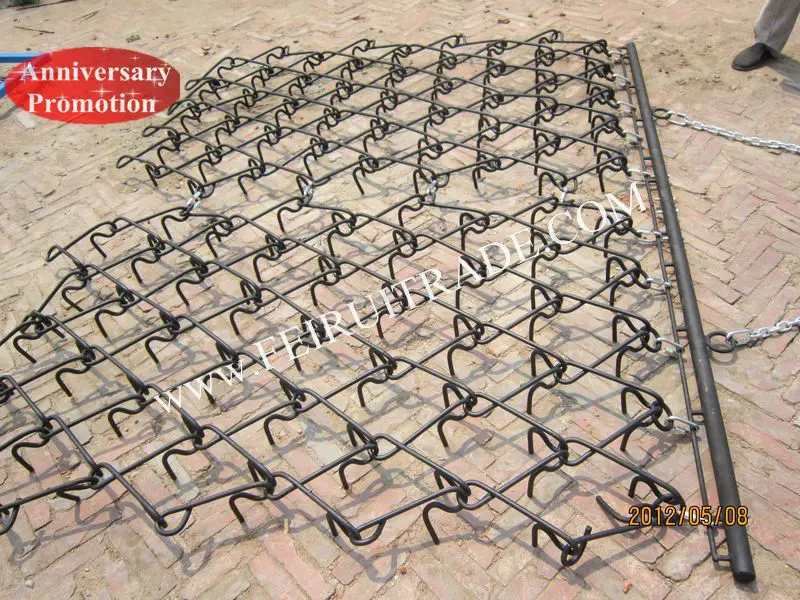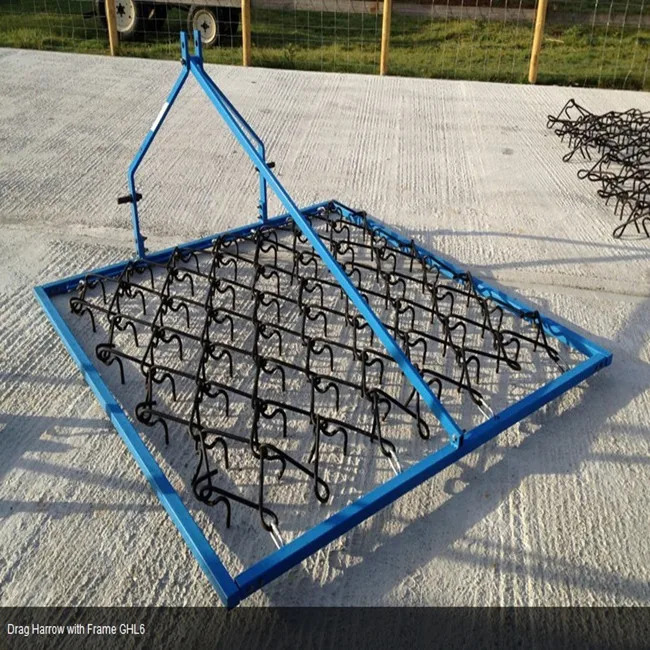
Nitrogen availability will range from 35 percent of the total nitrogen when manure is spread and remains on the soil surface but will increase when incorporated into the soil within a day. The amount of nitrogen available is a function of the percentage of nitrogen in the manure, the type of manure, whether it is incorporated in the soil, and the rate of organic matter decomposition of the manure. When spread, not all nutrients in manure are available for plant use. In warmer regions, cropping scenarios might be developed that provide growing plants during a major portion of the year (double cropping/triple cropping). Cool season grasses can generally utilize manure nutrients from early spring to late fall, and application equipment generally does not adversely affect the crop regardless of its growth stage.

Forage or hay crops generally provide the greatest flexibility in planning land application operations. Spring application is preferable because it is closer to the crop’s growing season. Contact the local Cooperative Extension office to get a list of laboratories that will do manure analysis or test soils for nutrient concentration. You may, however, need a more accurate measure of nutrient content that accounts for additional hay and bedding. Refer to Rutgers Factsheet FS014, “Nutrient Removal Values for Field and Forage Crops” to determine proper application rates. The standard values given in the chart can help to determine the number of acres needed to apply manure. When stockpiled manure is spread on a field, the application may not meet the needs of the crop.Įach source of manure will vary, especially when different bedding sources are used. Spreading manure on horse pastures is often avoided because of the risk of re-infecting pastures with internal parasites. Manure should be applied in a thin layer to the soil to speed drying of the manure and discourage fly breeding. Spreading equipment are usually pull-type spreaders, although it could be a truck-mounted spreader on larger farms. The size of the equipment influences the time required to load, haul, and spread manure. Solid manure can be removed from storage using front-end loaders, scrapers, or other handling equipment. Second, breaking up manure piles will spread the nutrients (nitrogen, phosphorus, potassium) attached to the organic matter in the manure and make them available for plant growth.įinally, dragging will help incorporate these nutrients into the soil and prevent nutrient losses through runoff during storms.Ī tractor and a spreader are needed to ensure proper field application.


There are several advantages to dragging or harrowing pastures that accumulate manure from the presence of animals grazing.įirst, if parasites are a concern, then summer dragging will break up manure piles and allow sunlight to destroy parasites and other insect pests. However, pastures should be dragged or harrowed regularly to break up the droppings and prevent the concentration of nutrients in the soil. When animals can graze on pasture, they will do a good job of distributing manure on their own. This will be influenced by the presence of bedding material or hay present in the manure. It is important to have some idea of the nutrient content of manure. Manure should be spread equal to agronomic rates (rates equal to or less than plants will use in a year) and should not be spread where and when there is any risk for surface water pollution.

All livestock farms need to use proper practices when storing and spreading manure.Ĭoncerns about improper manure management usually focus on manure storages, spreading too close to a neighbor, flies during the summer, poor pasture management, and overstocking.Ĭheck with your local Soil and Water Conservation district or Natural Resources Conservation Service office to help identify special protection areas on your land and on bordering properties.Ĭooperative Extension Services has also been working with the New Jersey Department of Agriculture and with individual farmers to help farmers to develop Animal Waste Management Plans.


 0 kommentar(er)
0 kommentar(er)
